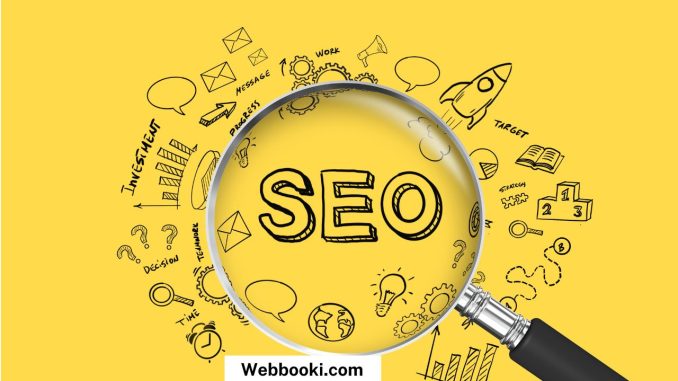
Technical SEO is an internet marketing integral technique that helps a website get crawled, indexed, and contextualized effectively by search engines. With continuous improvements in search algorithms and web standards taking place at a break-neck pace, it’s very critical to stay updated with the latest best practices. Here is the ultimate technical SEO checklist for 2025:
1. Site Speed and Core Web Vitals
For quite some time now, site speed has remained one of the most essential ranking factors, considering Google’s persistence with user experience. Core Web Vitals-LCP (Largest Contentful Paint), FID (First Input Delay), and CLS (Cumulative Layout Shift)-are what tell you about performance for loading, interactivity, and stability of pages. Shoot for the following:
- LCP: Less than 2.5 seconds
- FID: Less than 100 ms
- CLS: < 0.1
Tools such as Google PageSpeed Insights and Web Vitals will help you be informed of these metrics for optimization.
2. Mobile Optimization
Mobile-first indexing is the new default wherein Google will mainly take the mobile version of your site for ranking and indexing. Ensure that your site is:
- Responsive: Works on all devices flawlessly.
- Speed: The mobile users expect to have a fast load.
- User Friendly: Check that mobile navigation, images, and buttons are easily accessible.
- Use Google’s Mobile-Friendly Test to check how well your site is doing on mobile:.
3. Crawlability and Indexability
Ensuring that your website’s pages are well accessible and indexed by the search engines:
- Robots.txt: Don’t block important pages; make sure your file is well configured.
- XML Sitemap: This is an updated sitemap that needs to be submitted to Google Search Console and Bing Webmaster Tools. It should list all the important pages and be free of errors.
- Noindex tags: Verify that you aren’t accidentally blocking pages that should be indexed.
4. Structured Data (Schema Markup)
Adding structured data helps the search engines understand the context of your content. Using Schema.org markup, you enhance your search listings to include rich snippets like reviews, ratings, events-what you see in the example above.
- Schema for breadcrumbs to help in better navigation visibility.
- Product schema for e-commerce websites.
5. HTTPS and Security
Security is one of the strong ranking factors. Make sure your website is completely HTTPS-encrypted; install an SSL certificate. Google favors secure sites, and users trust HTTPS way more than HTTP.
6. Canonicalization and Duplicate Content
Use canonical tags to indicate the preferred version of a page and avoid duplicate content issues. That’s the way to avoid keyword cannibalization and ensure that search engines won’t penalize you for duplicate content.
7. URL Structure And Internal Linking
A well-structured, clean URL structure significantly boosts the SEO and user experience on your website.
- Use descriptive, short URLs including relevant key words.
- Make strong internal linking to give way to easy and smooth navigation of content both by users and search engines.
8. Image Optimization
- Optimize images to improve the load time and make them search-engine friendly.
- Accessibility Use descriptive alt text for accessibility and SEO.
- Enable image compression without sacrificing quality in order to reduce load times.
- Employ responsive images depending on screen size.
9. 404 Errors and Redirects
Fix broken links on your website. For content that may have moved, use 301 redirects to guide users through custom 404 error pages when needed. 10. UX – User Experience Good UX is indirectly a ranking factor in that it informs engagement and bounce rates. Focus on: Ease of navigation Clear calls to action Readable content with well-structured headings and paragraphs.
Conclusion
It is a continuous process-technical SEO requires attention to detail while one learns to adapt to the most recent trends. You will have a technically sound website ranking best in the year 2025 once you optimize the site speed to be faster, the content is mobile-friendly, crawlability is managed, and focus on user experience. Periodic auditing and staying updated with guidelines provided by search engines will make certain you protect your competitive advantage.
Leave a Reply